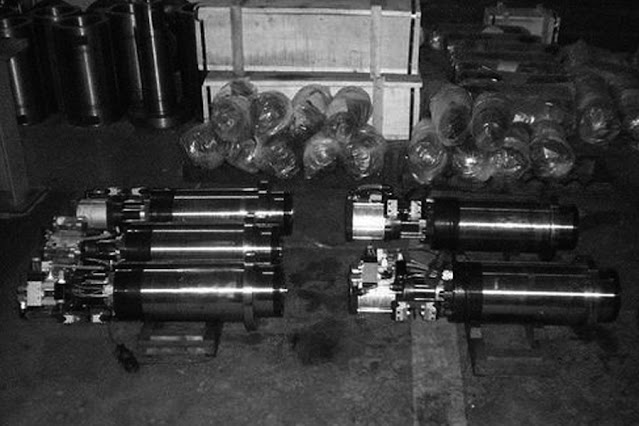Vertical machining center is a kind of metal sheet processing, providing molds and shell parts. When finishing drilling, milling, boring and other processing procedures, but its high price, and processing consumption is much higher than traditional manual operation machine tools, so the need for processing centers can be significantly reduced and single product processing.
Therefore, the design of the machining center has a deep relationship with its machining efficiency and quality. How to standardize the design of vertical machining centers?
1: higher static and dynamic demeanor
The vertical machining technology center is expensive, and the cost of loss during the processing is much higher than that of traditional machine tools. This requires the machine tool to be able to greatly shorten the processing time. For this problem, there are currently two ways to go. One is that the change in the development mode of tool materials has greatly increased the cutting speed, which has doubled the cutting time; the second is the use of an automatic tool change system through research to achieve the effect of rapid tool change and fast clamping. The adoption of these important measures has greatly improved the company's production efficiency, enabling machine tool owners to obtain good economic and environmental benefits.
2: Better static stiffness
For a machining center, the structural rigidity of its parts such as the bed, worktable, headstock, guide rail, etc. is closely related to the accuracy of the machine tool, so these factors require the machine tool to have relatively high static rigidity. In the cutting process, there will be inevitable vibration, which will affect the machining accuracy and surface quality, will also reduce the tool life, and have a significant impact on production efficiency. The machining center works continuously for a long time and cannot be adjusted by human intervention to eliminate vibration damping during machining. Therefore, it is also necessary to improve the dynamic stiffness of the machine tool.
3: Smaller thermal deformation
When the cutting machine is executed, without exception, heat will be generated, which will affect the machine and the machine tool, causing different degrees of thermal deformation of the parts, which will affect the accuracy of the processed products. How to affect the heat dissipation problem of processed products is a slowly decreasing accuracy that has to be considered. At present, we can improve the structure of the machine, and the thermal deformation of the machine lacks deformation in our controllable direction. E.g. In the use of a double-column frame structure, the symmetrical and thermally deformed horizontal machining center column in the direction of the translational lifting axis can also be compensated by correcting the coordinates, reducing heat generation, and squeezing out the host as much as possible from the heat source.
4: The friction between the moving parts is small and the transmission control system is removed for clearance
The movement of the machine tool work platform takes the pulse equivalent as the smallest unit. When cutting tools or other slow operations, the worktable is required to make the most accurate response to the instructions issued by the CNC system, which is related to the friction of the moving parts.
5: Long life, good accuracy retention
For the development of vertical machining technology centers, having its own set of perfect lubrication management system design is a kind of guarantee for the life of the machine tool. Therefore, it should be used when selecting machine tool rails, spindle parts, screw rods, etc. The more wear-resistant materials enable the enterprise processing service center to maintain good accuracy for a long time.
6: Humanized design
In order to save the time of clamping and changing tools, the machining center usually adopts multiple tool holders and automatic tool changing devices, so that one clamping can solve more problems. Therefore, in the process of clamping and changing the tool, manual intervention is minimized to make the man-machine interface more clean and tidy. The improvement of interlocking capacity with the machine tool can also effectively reduce the occurrence of accidents. At the same time, the setting of the emergency stop device can effectively avoid the occurrence of accidents, and all operations are concentrated in one panel, which is more conducive to operation.




